What are the types of vegetables, groups and names, what are the benefits for humans?
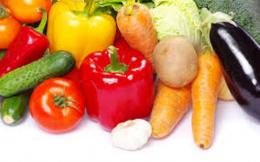
Vegetables – a valuable source of nutrients necessary for the body. They are the basis of nutrition, the menu in which they predominate is quite varied, but not complete. We use for food both familiar products that we can grow in our garden, and exotic ones bought in the store. Their diversity is surprising.
Content
- Difference between vegetables and fruits
- What are the types of vegetables, groups and names?
- About the benefits of plant-based foods
- A little bit of history
- Let's get acquainted with exotic vegetables, their names and photos
- How new types of vegetables appear
Difference between vegetables and fruits
To classify, you need to understand how they differ fruits from vegetables. All vegetable crops are grown in garden beds and used in preparing main dishes, and fruits are used as dessert.
They grow on trees and shrubs and are called fruits. This is the main difference, but, as always, there are exceptions to any rule. For example, a bean pod grows from a flower ovary - a sign of a fruit. By scientific definition, these include cucumbers and pepper.
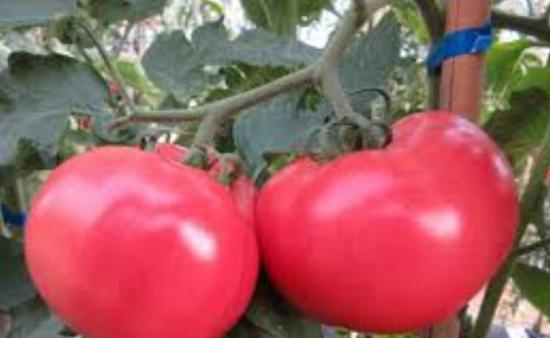
Vegetables have long been considered to be the succulent parts of plants suitable for food. In order to avoid confusion, you need to understand that there are scientific and culinary classifications. Don't be surprised when discrepancies with conventional wisdom appear. In this case, consider it from a botanical rather than a culinary point of view.
Vegetable is a fairly broad concept.The most commonly used culinary value is edible parts of plants that can be used to prepare a variety of dishes or eaten raw.
For this reason, the words vegetables and plants are not synonymous. Plants are a general concept, and vegetables are only part of the plants that can be eaten.
What are the types of vegetables, groups and names?
Vegetables are parts of plants suitable for cooking. These include a large group with the exception of cereals, fruits, nuts, mushrooms, berries.
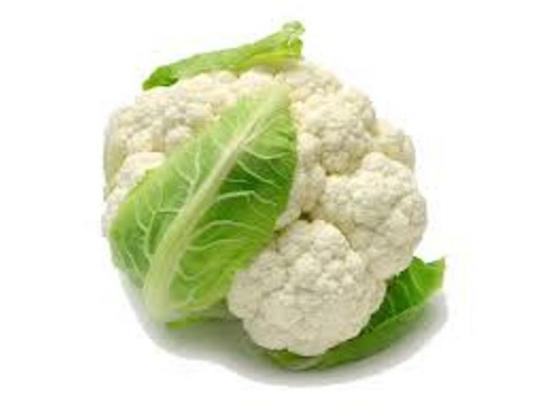
They are divided into:
- leafy - these include cabbage of all varieties, chard, herbs, sorrel, tarragon, spinach;
- fruit - sugar, peppers, blue peppers, tomatoes;
- floral – artichokes;
- legumes – beans, peas, beans;
- pumpkin - squash, zucchini, cucumbers, pumpkin, chayote, lageniria, watermelon cucumber;
- root vegetables – beet, turnips, carrots, radishes, radishes;
- tuber crops – Jerusalem artichoke, potatoes;
- bulbous and stem - garlic, all types of onions, rhubarb, asparagus;
- seaweed - nori.
About the benefits of plant foods
Sometimes the division is made according to the effect it has on the body.
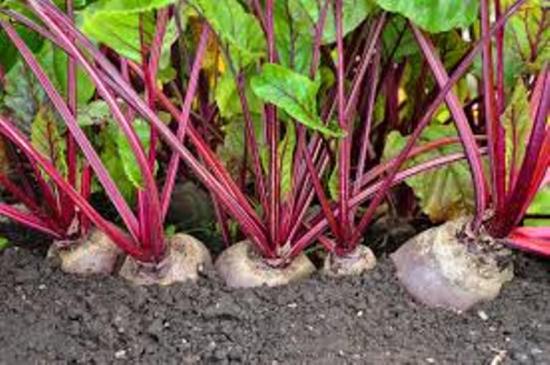
There are such groups:
- for the cardiovascular system - beans, beans, garlic, pumpkin will benefit, broccoli;
- for the liver - cabbage of any kind, tomatoes, cucumbers, carrots, garlic are useful;
- to stimulate biliary function - artichoke, beans, soybeans, beans;
- to restore the liver - watermelon, melon, pumpkin;
- for weight loss - spinach, asparagus, lettuce, cucumbers, carrots, broccoli;
- to stimulate brain activity - Brussels sprouts, beet, spinach, containing antioxidants in large quantities. Their use is recommended for people experiencing mental stress;
- when pregnant, you need to add pumpkin, carrots, turnips, and beets to the menu;
- Eating will help boost your immunity pepper, cucumbers, tomatoes, salads, cabbage;
- Beans, broccoli, pumpkin, beets will help normalize digestive processes, corn, containing large quantities of vitamins, amino acids, and minerals, which helps remove harmful compounds from the intestines.
In addition, red pepper is a wonderful remedy for the prevention of cancer, helps improve vision, and lower blood pressure. Yellow pepper helps slow down the aging process, normalize cholesterol, and improve memory.
Knowledge about the benefits of plant-based products will help when creating a diet for proper nutrition.
A little history, list and origin of traditionally grown vegetables and fruits
People began cultivating useful plants quite a long time ago. The history of agriculture dates back to the Stone Age. The first people were engaged in gathering, collecting seeds, leaves, and fruits that were edible. Then agriculture appeared at a primitive level: the collected seeds were scattered, then the harvest was carried out.
The first breeders can be considered ancient people: they chose plants whose fruits were distinguished by their taste and high yield in order to collect their seeds. In other words, all vegetable crops have their own centuries-old history.
Cabbage
The Mediterranean is considered its homeland. At first they were engaged in the cultivation of leafy species. cabbage, and then other varieties appeared. Theophrastus, a famous botanist in antiquity, described the cultivation of leafy cabbage back in the 3rd century. BC.
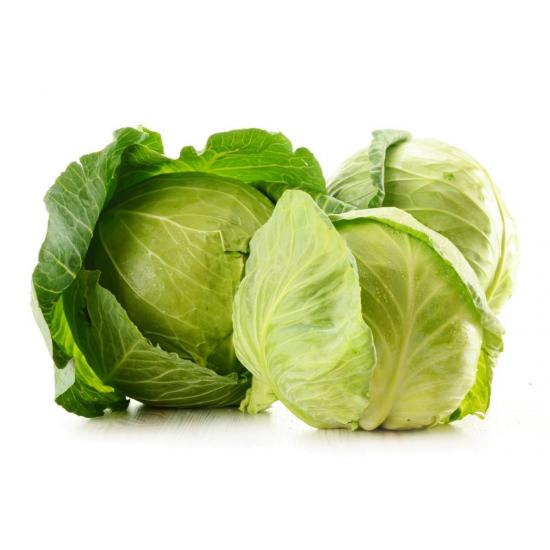
Pliny in the 1st century. ADtestified to the existence of 8 varieties of cabbage, which included leaf, cabbage and broccoli.
It is generally accepted that cabbage came to Rus' in the 7th century. BC, its cultivation was carried out in the Transcaucasus. Over time, it spread to the lands of Muscovy.
The most common and beloved varieties are varieties of white cabbage.
Onion
The lands of Central Asia and Afghanistan are the birthplace of this plant. Growing Luke were engaged in the territory of India, Egypt, and Ancient Greece. Hippocrates himself treated his patients with it.
Legionnaires of Ancient Rome were obliged to eat this vegetable - many believed that it made people strong, brave and energetic.
French, Spanish, and Portuguese commoners ate onions daily in the Middle Ages. It came to the territory of Rus' in the 12th-13th centuries.
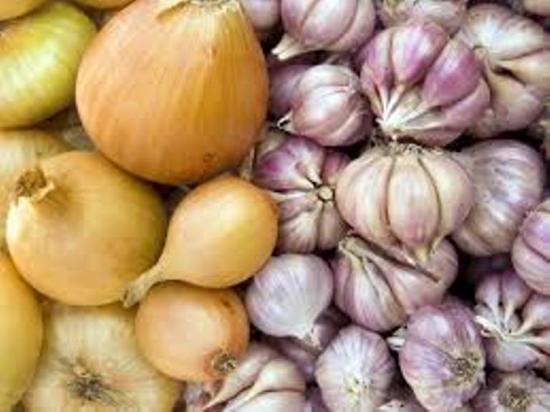
Garlic
Archaeologists found it during excavations of Egyptian pyramids. He was also known in Ancient Greece and Rome. Throughout the Middle Ages garlic used as amulets that could save from misfortunes.
Potato
Central and South America are considered to be the birthplace of this tuber. Now it is not found in the wild. Potato, Thanks to the Spaniards, it ended up in Europe, then spread throughout the continent.
In Europe it was not immediately accepted. Russian Senate in the mid-18th century. issued a decree on potato growing. The forceful introduction of culture was used. The tuber crop became widespread in Russia only in the mid-19th century.
Cucumber
A rare plant whose fruits are used for food when unripe. Homeland cucumber It is considered to be Southeast Asia and is more than 6,000 years old. To this day, it can be found wild in India.
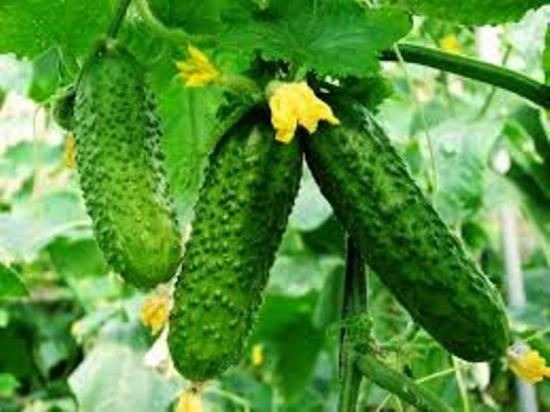
Nobody knows exactly when the cucumber arrived in Russia.There is an assumption that they knew about it in the 9th century, and its spread occurred in the 16-17th centuries.
Turnip
The homeland of this vegetable is the Mediterranean. The ancient Greeks ate it, treated it and fed livestock. The ancient Romans considered baked turnips a delicacy.
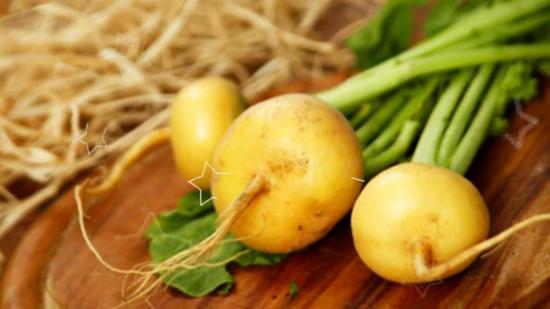
In Rus', before the advent of potatoes, turnips were widely used. First, second and dessert courses were prepared from it. Many customs and beliefs are associated with it. Turnips often appear in oral folklore: the fairy tales “Turnip”, “Tops and Roots”.
As for fruits, the leading positions for many centuries have been occupied by:
Let's get acquainted with exotic vegetables, their names and photos
Many residents of our country are no longer surprised at the sight of bananas, pineapples, coconuts, kiwis, avocados or mangos. Not everyone knows what the fruits, which are supplied in small quantities, look, smell and taste like. We invite you to get acquainted with exotic vegetables and fruits, their names and photos.
Check out our list of amazing fruits and vegetables.
Carambola - star fruit
If you cut the fruit crosswise, you will get a five-pointed star on the cut. There are varieties with sour and sweet tasting fruits.
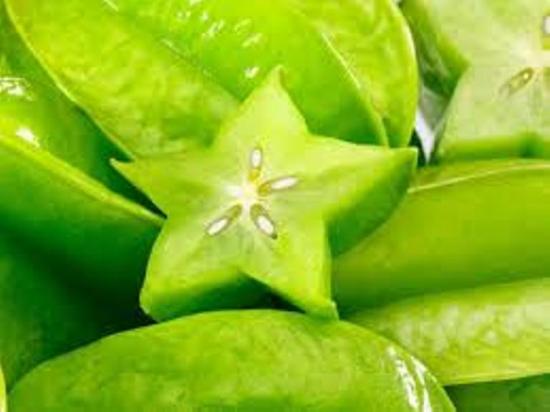
Sweets are eaten like dessert - raw, they resemble grape, mango and lemon at the same time. And sour ones are used for making salads.
Forbidden rice
A variety of rice with black grains that grows in China. Initially black grains, when cooked they acquire a dark purple color. They have a nutty flavor and contain many microelements. Rice received this name due to the fact that only representatives of the imperial family could consume it.
Watermelon radish
Looking at the root vegetable in cross-section - white on the outside and red on the inside, it looks as if it had been turned inside out. The root crop is quite impressive in size, like a baseball. Belongs to the cruciferous family. When sliced, it resembles watermelon slices, especially if sprinkled with sesame seeds.
Coral cabbage – romanescu
The closest relative of this amazing vegetable is cauliflower. The view is simply mesmerizing. Everyone will like it!
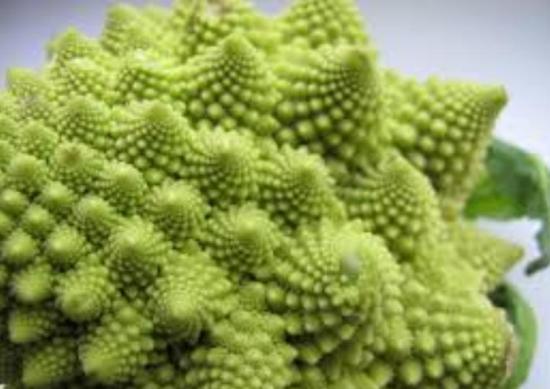
Purple carrots
Many people do not know that carrots originally had a purple color, which is due to the content of the dye - anthocyanin, which has a purple color and is an antioxidant.
Images of purple carrots were found on frescoes decorating an ancient temple in Egypt, dating back to 2,000 BC. This plant was cultivated in Afghanistan, Pakistan, and northern Iran in the 10th century. Carrots with crimson, white and yellow colors were imported to the European continent in the 14th century. Varieties with green, red and black colors were also grown.
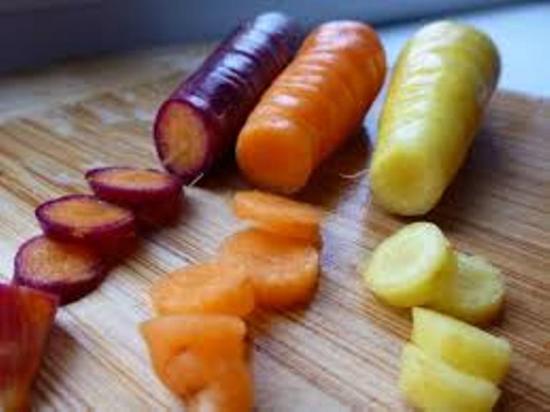
Scientists from Holland have studied the properties of violet carrots. They came to the conclusion that this type of vegetable helps protect the body from the development of cancer and diseases of the cardiovascular system.
Strawberry pineberry
The literal translation of the name sounds like pineapple berry. The homeland of this amazing fruit is South America. The berries were discovered by farmers. Now they are grown in greenhouses. Thus, an endangered variety was revived.
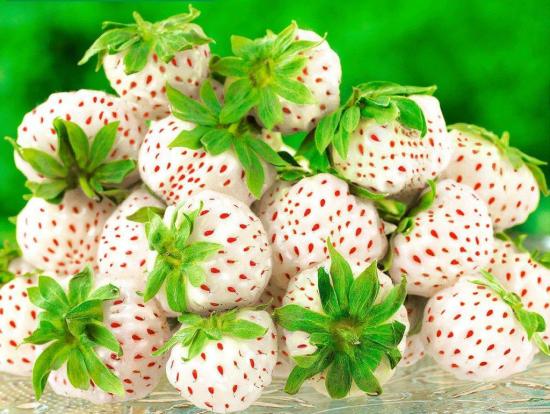
When the berries are not ripe, they are green, but when they are ripe, the skin turns white and the seeds on them turn red.
purple potatoes
This type of potato has not only purple skin, but also pulp.All dishes made from it retain their purple color and taste like regular ones, but they contain a lot of anthocyanins, which make eggplant, blueberries, purple blackberries.
How new types of vegetables appear
Thanks to the work of breeders, their hard and painstaking work, new plant varieties and hybrids appear on Earth.
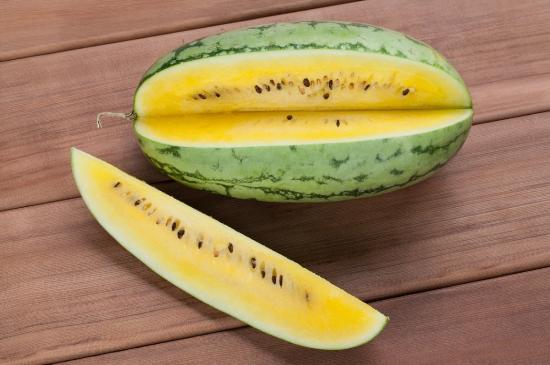
Through interspecific crossing, new amazing types of fruits and vegetables appear, such as:
- yellow watermelon - obtained by crossing a regular and wild watermelon, which has yellow flesh;
- pluot - the result of crossing plums with apricot;
- yoshta - a hybrid obtained by crossing currants with gooseberries;
- brocollini - resulting from crossing broccoli with broccoli, which led to the appearance of asparagus with a head of broccoli on top;
- Neshi is a hybrid of apple and pear. It has been grown in Asia for several centuries. Other names are Japanese, water, sand or Asian pear;
- tomato - a hybrid of tomatoes and potatoes - potato tubers in the ground, and clusters above tomatoes.
Natural ways of the emergence of new species take a long time, but thanks to selection, new varieties and types of fruits and vegetables appear every year, attracting with their appearance, original taste, and unusual color.
You can get even more useful information about vegetable crops by watching this interesting video:


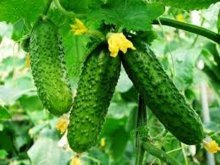
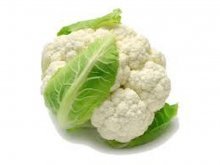

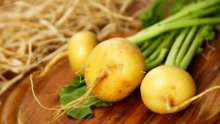


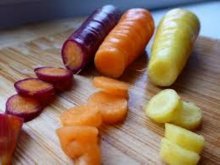
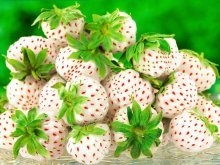
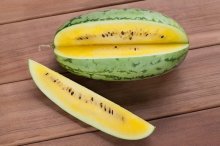
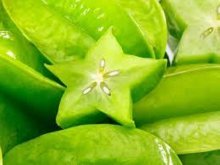
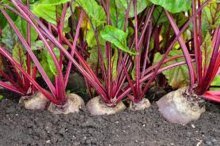
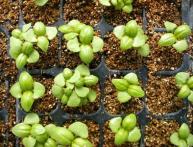
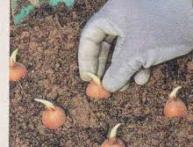
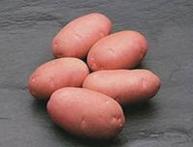
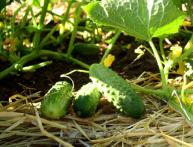
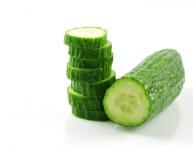
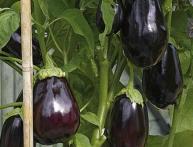
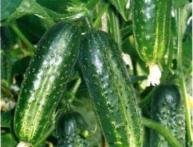
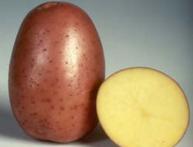
Comments
Of course, without a doubt, vegetables are healthy and should definitely be eaten, but like any other product, in moderation. Some vegetables have contraindications for use in certain diseases, so you need to be careful.
Vegetables are also good for diets; my maternal cousin’s sister often goes on a vegetable/fruit diet.And it is good for health with vitamins and loses weight. And vegetables are quite affordable.
Vegetables and fruits are generally the healthiest foods. It is recommended to keep it freely available for children to eat all day to prevent cancer. It is clear that you can have allergies or problems with the digestive system, but with such a variety you can choose something suitable for yourself. It’s better, of course, if all this comes from your own dacha, without nitrates and chemicals)
Having tried some exotic fruits and vegetables, I still prefer our usual cabbage, carrots, beets, regular onions and others. They never get boring and do not irritate either the taste or the stomach.